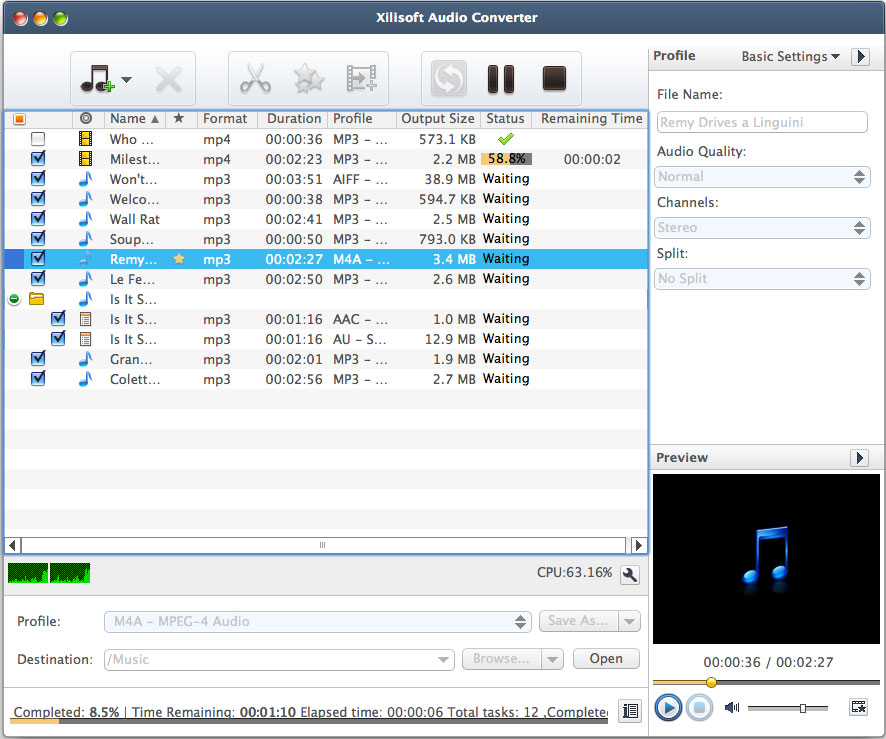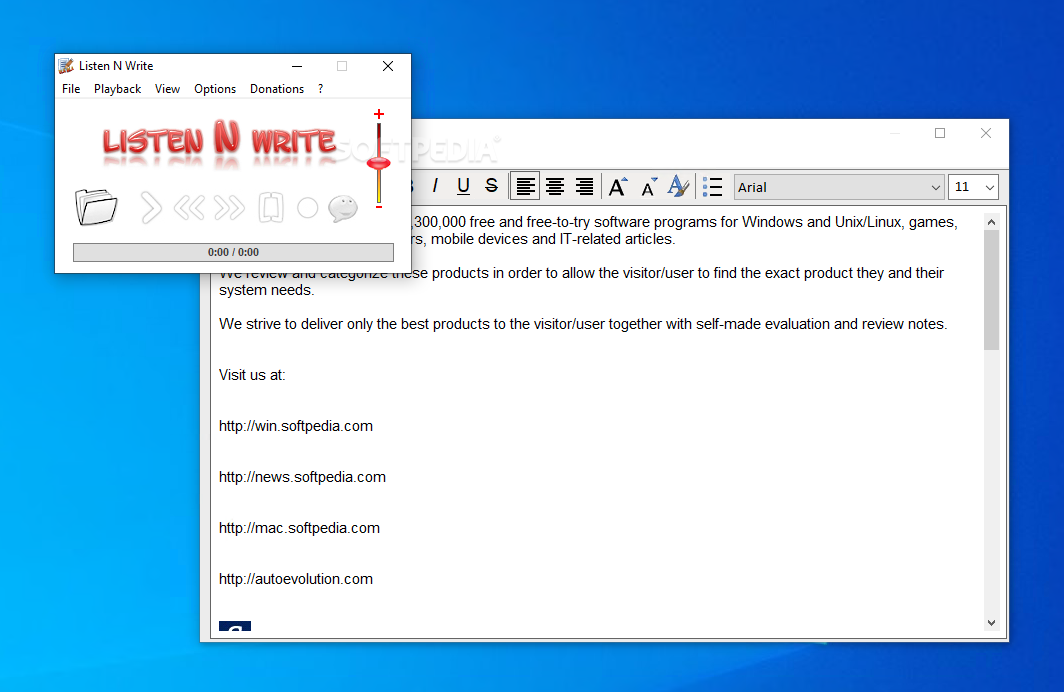

- AUDIO FILE TO TEXT FOR MAC INSTALL
- AUDIO FILE TO TEXT FOR MAC SOFTWARE
- AUDIO FILE TO TEXT FOR MAC DOWNLOAD
- AUDIO FILE TO TEXT FOR MAC WINDOWS
The Spell Checking API is available beginning with the Windows 8.
AUDIO FILE TO TEXT FOR MAC DOWNLOAD
If Microsoft Office is not installed on your computer, or you use the other version of Microsoft Office, you can download spell checking components from my web-site:īalabolka allows to use the spell checking built in operating system. Hunspell is the default spell checker of, LibreOffice and Mozilla Firefox.īalabolka can use language modules from Microsoft Office 97/2000 for spell checking. XML tags can be used both for SAPI 5 and the Speech Platform.īalabolka can use Hunspell ( ). The Microsoft Speech Platform provides support for 26 languages for speech synthesis.

AUDIO FILE TO TEXT FOR MAC INSTALL
AUDIO FILE TO TEXT FOR MAC SOFTWARE
With all these features to make life easier when reading text on a screen isn't an option, Balabolka is best free text to speech software around.īalabolka is a Text-To-Speech (TTS) program. Export the synthesized speech from documents to a variety of audio file formats in three modes (quick, normal and batch). Select “Upload Audio.Balabolka is a free text-to-speech engine that boasts quality and flexibility worthy of a paid app. The “Transcribe” pane will open in the right-hand side of the window. In the “Home” tab, click the arrow next to “Dictate” and then select “Transcribe” from the menu that appears. If you already have an audio file that you want to transcribe, you can upload it to Word. Once selected, the audio recording and the content of the transcript will appear in the document. When you’re finished editing the transcript, you can add it to the document by selecting the “Add All To Document” button at the bottom of the pane. Here’s the function of each button, from left to right: This is necessary if the transcript is long, and you can’t remember exactly who said what. If necessary, you can use the playback controls to revisit the audio recording. You can also edit the name of the speaker, as well as every instance where the speaker (i.e., Speaker 1 or Speaker 2) appears by ticking the box next to “Change All Speaker.” When you’re finished, click the checkmark. Now you can edit the transcription found in this section.

You can edit a section of the transcript by hovering your mouse over the incorrect text and then selecting the pen icon. You might notice that the transcript doesn’t perfectly reflect the recorded audio accurately. If Word can’t detect multiple speakers, you’ll just see “Speaker.” If Word detects multiple speakers, you’ll see “Speaker 1,” Speaker 2,” and so on. Microsoft automatically separates the text by the speaker. Each section will have a timestamp, the speaker’s name, and the transcribed text. Once this is done, you’ll see the transcription appear in the same pane you recorded the audio. It may take a few minutes for Word to finish transcribing the audio recording and uploading it to OneDrive. You won’t see the transcription happen live as you’re speaking because Microsoft found that to be a bit too distracting during its testing.Īfter you’re finished, click the “Pause” button and then select “Save and Transcribe Now.”


 0 kommentar(er)
0 kommentar(er)
